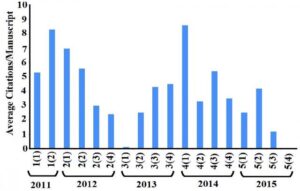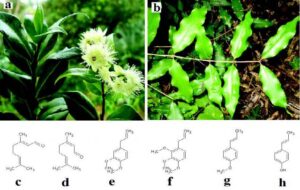
Growth inhibitory properties of Backhousia myrtifolia Hook. & Harv. and Syzygium anisatum (Vickery) Craven & Biffen extracts against a panel of pathogenic bacteria
Krystal Bryant1 and Ian Edwin Cock1,2*1School of Natural Sciences, Nathan Campus, Griffith University, 170 Kessels Rd, Nathan, Brisbane, Queensland 4111, ...
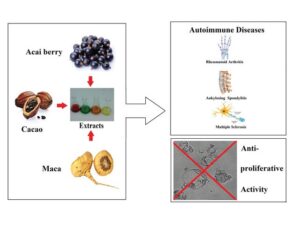
Acai, cacao and maca extracts: Anticancer activity and growth inhibition of microbial triggers of selected autoimmune inflammatory diseases
Xiaohong Wang1,2, Jiayu Zhang1,2, Ian Edwin Cock1,3*1School of Natural Sciences, Nathan Campus, Griffith University, 170 Kessels Rd, Nathan, Brisbane, Queensland ...
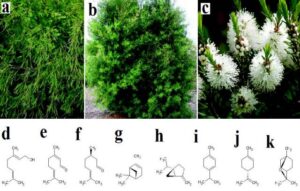
Growth inhibitory properties of extracts prepared from selected Leptospermum and Melaleuca species against a panel of pathogenic bacteria
Lindiwe Nomathemba Mpala1, Getmore Rumbudzai Chikowe1, Ian Edwin Cock1,2*1School of Natural Sciences, Nathan Campus, Griffith University, 170 Kessels Rd, Nathan, ...
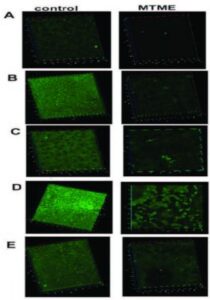
Metabolite profiling by UPLC-PDA-ESI/HDMS and antibacterial activity of Memecylon talbotianum Brandis
Tumkur Ramasetty Bharathi1, Shailasree Sekhar2, Kigga Kadappa Sampath Kumara1, Mudalabeedu Chandregowda Madhusudhan1 and Harishchandra Sripathy Prakash1*1Department of Studies in Biotechnology, ...
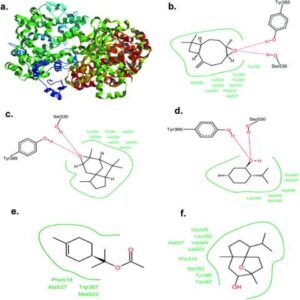
High-Throughput Screening by In silico Molecular Docking of Eryngium Foetidum (Linn.) Bioactives for Cylcooxygenase-2 Inhibition
Pavan Rangahanumaiah1, Ravishankar Vittal Rai2, Asma Saqhib3, Lydia Jothi3, Marula Siddha Swamy1, Chandrakant Shivappa Karigar3 and Shailasree Sekhar1*1Institution of Excellence, ...
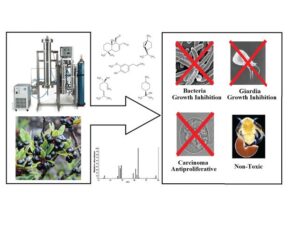
An upscaled extraction protocol for Tasmannia lanceolata (Poir.) A.C. Sm.: Anti-bacterial, anti-Giardial and anticancer activity
Lou Vallette1,2, Camille Rabadeaux1,2, Joseph Sirdaarta1,3, Craig Davis4,5, Ian Edwin Cock1,3*1Environmental Futures Research Institute, Griffith University, Brisbane, AUSTRALIA.2School of Biology, ...
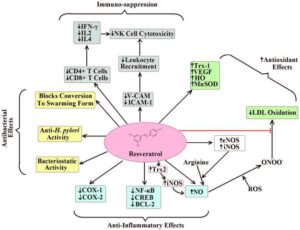
The Janus Corner
Ian Edwin Cock1,2*1School of Natural Sciences, Nathan Campus, Griffith University, 170 Kessels Rd, Nathan, Brisbane, Queensland 4111, AUSTRALIA.2Environmental Futures Centre, ...
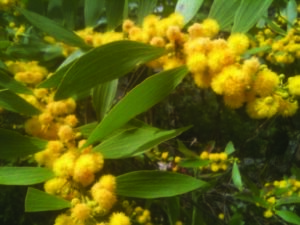
Medicinal Plant Images
Ian Edwin Cock1,2*1School of Natural Sciences, Nathan Campus, Griffith University, 170 Kessels Rd, Nathan, Brisbane, Queensland 4111, AUSTRALIA.2Environmental Futures Centre, ...
